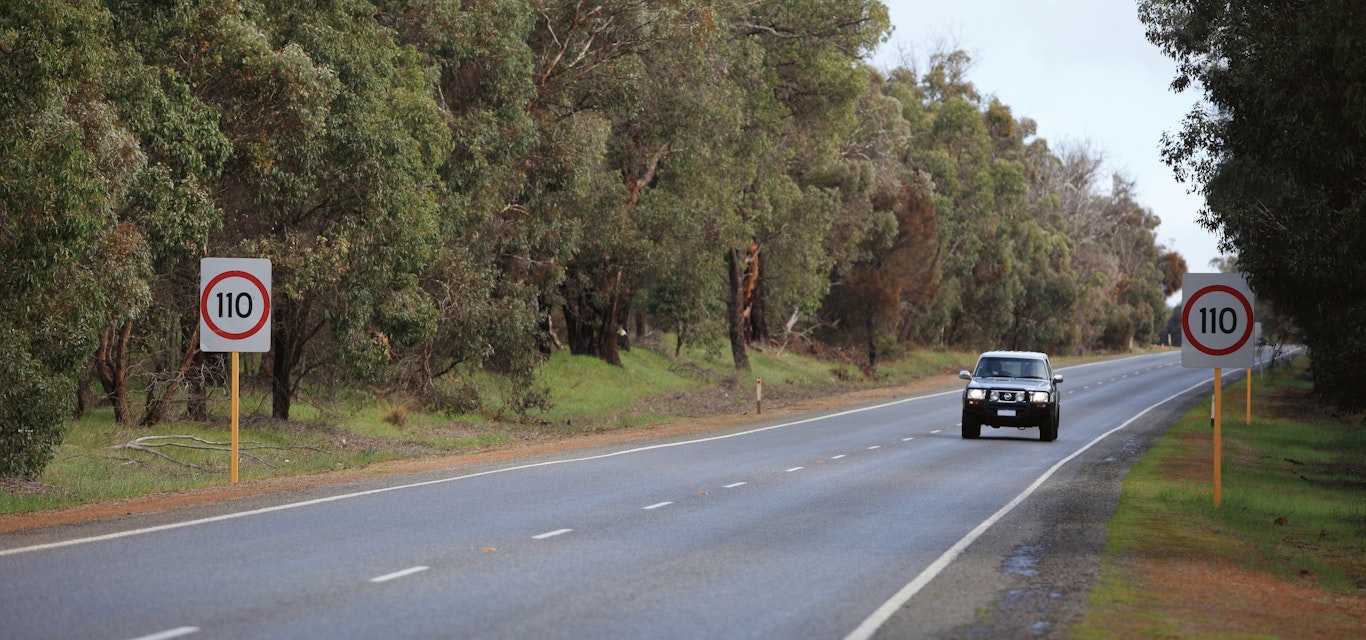Reviewing speed limits
In 2022, there were 41 reductions in speed limits on state and council-controlled roads in Tasmania. In every case, these decisions have been made to keep Tasmanians safe.
As the state government’s Transport Services website says, in reporting the speed limit changes on state roads: “Research tells us that even small reductions in travelling speeds can lead to a reduction in serious casualties.”
In some cases, the changes are the result of agitation by communities or individuals concerned about their safety.
That’s no surprise to us. Our surveys tell us that speed limits not appropriate to road conditions remain one of the top road safety concerns for our members.
We support the speed review process, particularly the independence of the Transport Commissioner to act on the evidence without political interference.
It’s a process that has obviously taken on new urgency, as there's been a significant increase in speed limit changes on state and local government roads since 2021.
We don’t support blanket reductions of speed limits, but we do want to see a new process to deal with what two Legislative Council inquiries – in 2012 and 2022 – described as glaring inconsistencies in the speed setting regime.
We have the situation where speed limits have been reduced on sections of state roads, from 100 to 80, but there are council roads, often of lower standard and running through several local government areas, that remain at 100.
There have also been some wise decisions made by councils.
Derwent Valley Council, for example, succeeded in having the Plenty Rd limit reduced to 80kmh from 100kmh – after public consultation that received majority support. And now it’s acting to reduce the speed limit in the New Norfolk shopping strip to 40 kmh – another good decision, but a decision that cries out for statewide consistency across all shopping strips.
Currently, if you want to have a speed limit reviewed for a council road, you approach the council. That council must then prepare a case to put to the Transport Commissioner.
But many councils don’t have the resources to do that work. And they might share that road with neighbouring councils.
There were 27 speed reviews of council roads in 2022, which means some councils are acting to ensure the health and wellbeing of its residents.
What’s needed is more resources, expertise within councils, and more cooperation, assisted by the state government, to deliver speed limits appropriate to road conditions.
Key criteria
The Transport Commissioner will consider the following when reviewing speed limits:
What the road is used for
How many people use the road
Roadside development such as the frequency of driveways along the road
The type and mix of road users on the road
The width and alignment of the road
Minimising speed limit changes
